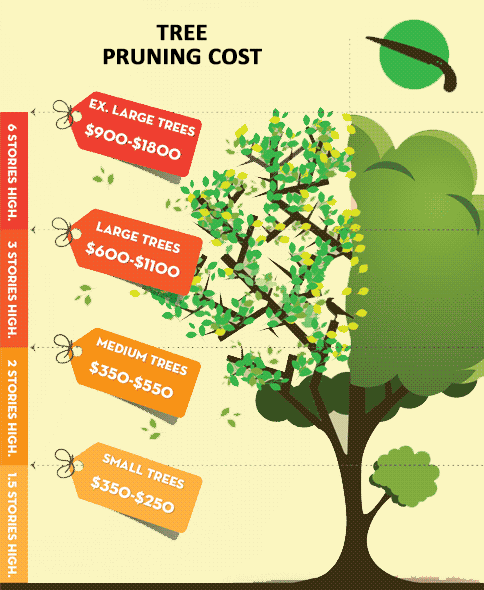Post-Tree Elimination Assistance: How To Effectively Restore Your Landscape
Post-Tree Elimination Assistance: How To Effectively Restore Your Landscape
Blog Article
Material Create By-Franks Massey
After a tree's elimination, your landscape may look fairly different, and it's necessary to analyze the after-effects thoroughly. https://www.quickenloans.com/blog/4-landscaping-ideas-small-backyard 'll want to review the dirt disruption and check surrounding plants for any type of signs of stress and anxiety. Neglecting these factors can result in bigger issues down the line. So, what should you finish with those stumps and origins? And how do you pick the best plants for your revitalized area? Let's explore these important steps.
Examining the Consequences: Assessing Your Landscape
After a tree removal, it's crucial to examine your landscape to comprehend the impact it carries your lawn.
Begin by taking a look at the location where the tree stood. Look for indicators of dirt disruption, and examine the surrounding plants for any kind of anxiety or damages.
How To Prune A Lime Tree ought to also bear in mind of just how the removal has transformed sunlight direct exposure and air flow in your garden. This shift can affect the development of close-by plants, so it's essential to examine their wellness.
Consider the visual facets also; the elimination might develop an open space that you can redesign.
Finally, consider any kind of prospective disintegration concerns that may develop from the tree's lack. Attending to these factors early will assist recover balance to your landscape.
Taking care of Stumps and Origins: Alternatives for Elimination
Once you've examined the aftermath of the tree removal, you'll likely require to tackle the stump and roots left behind.
You have a few choices for elimination. One efficient technique is stump grinding, where a professional makes use of a machine to grind the stump to below ground degree. This technique leaves marginal disruption to your landscape.
If you choose a do it yourself approach, you can utilize a combination of digging and chemical stump eliminators. Simply keep in mind, this procedure can take time and initiative.
Additionally, think about leaving the stump as an all-natural attribute, which can serve as an one-of-a-kind garden component or habitat for wild animals.
Whatever you select, addressing the stump and roots is vital for recovering your landscape.
Selecting the Right Plants for Your New Area
As you assess your newly removed space, choosing the right plants can dramatically enhance your landscape's beauty and capability.
Start by taking into consideration the sunshine and dirt conditions. For warm areas, select drought-resistant plants like lavender or succulents. In shaded areas, ferns and hostas prosper well.
Consider the size and development practices of your plants; mix perennials and annuals for seasonal selection. Do not neglect to incorporate native types; they require less maintenance and assistance local wild animals.
Team plants in strange numbers for a more natural appearance and create layers for aesthetic depth.
Finally, ensure you have a mix of colors and textures to maintain your landscape vivid throughout the seasons.
Delighted growing!
Verdict
Finally, restoring your landscape after tree removal is a rewarding process. By examining the consequences, resolving stumps and roots, and selecting the right plants, you'll produce a flourishing environment. Do not neglect to integrate disintegration control procedures to safeguard your soil. With a little effort and care, you can transform your room into a dynamic yard that boosts your home. Accept the chance to renew your landscape and enjoy the elegance of nature right in your backyard!
